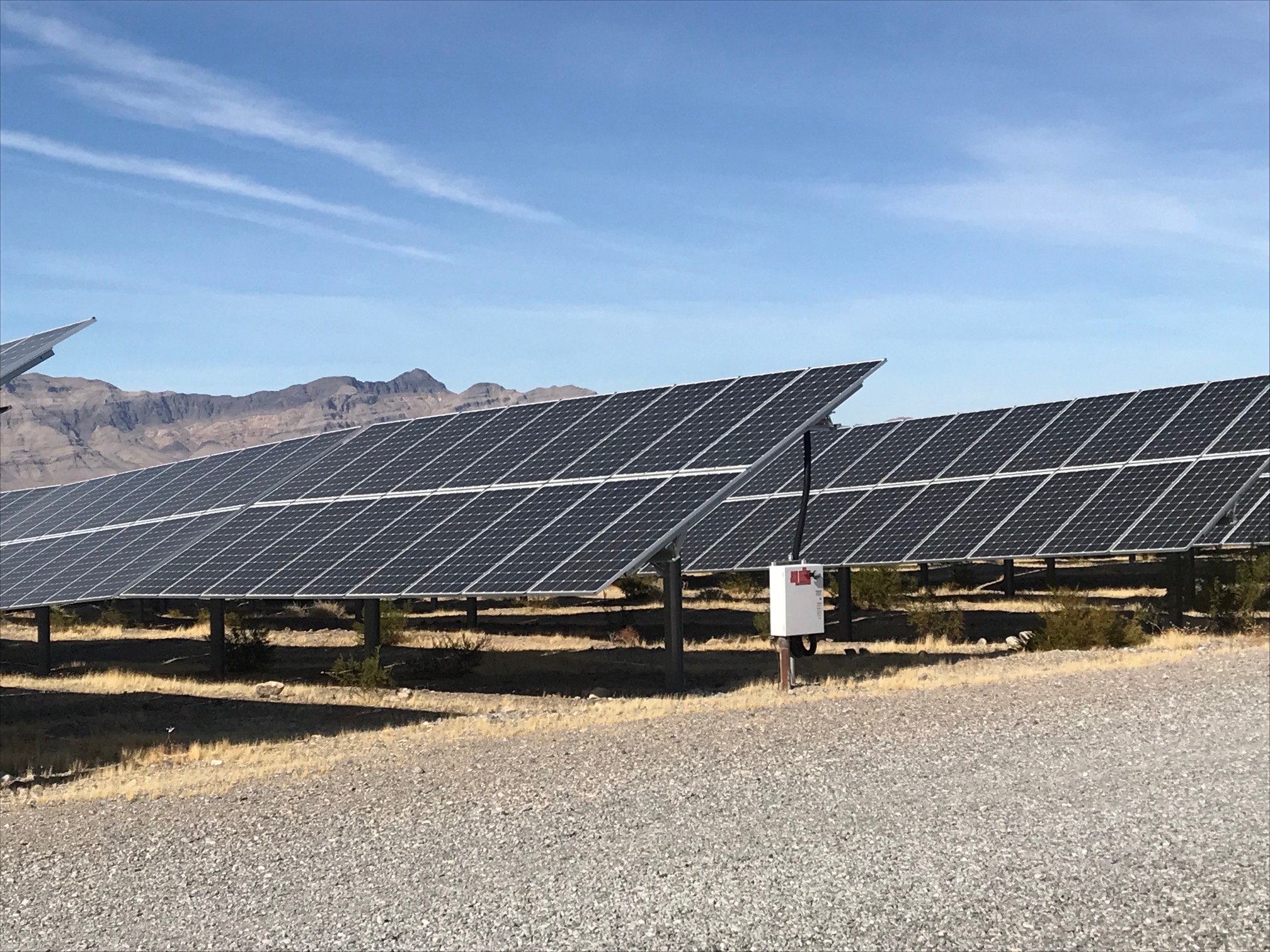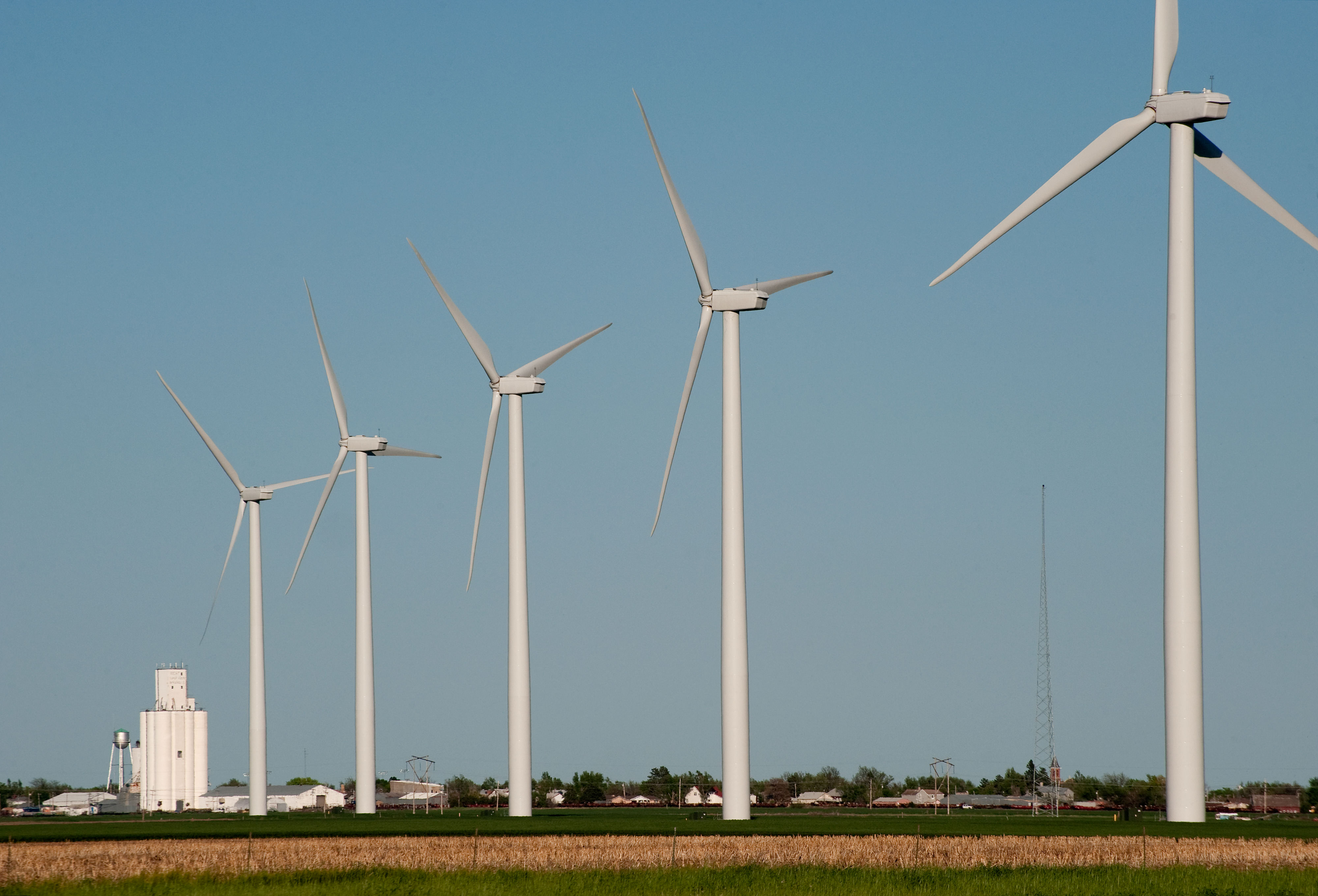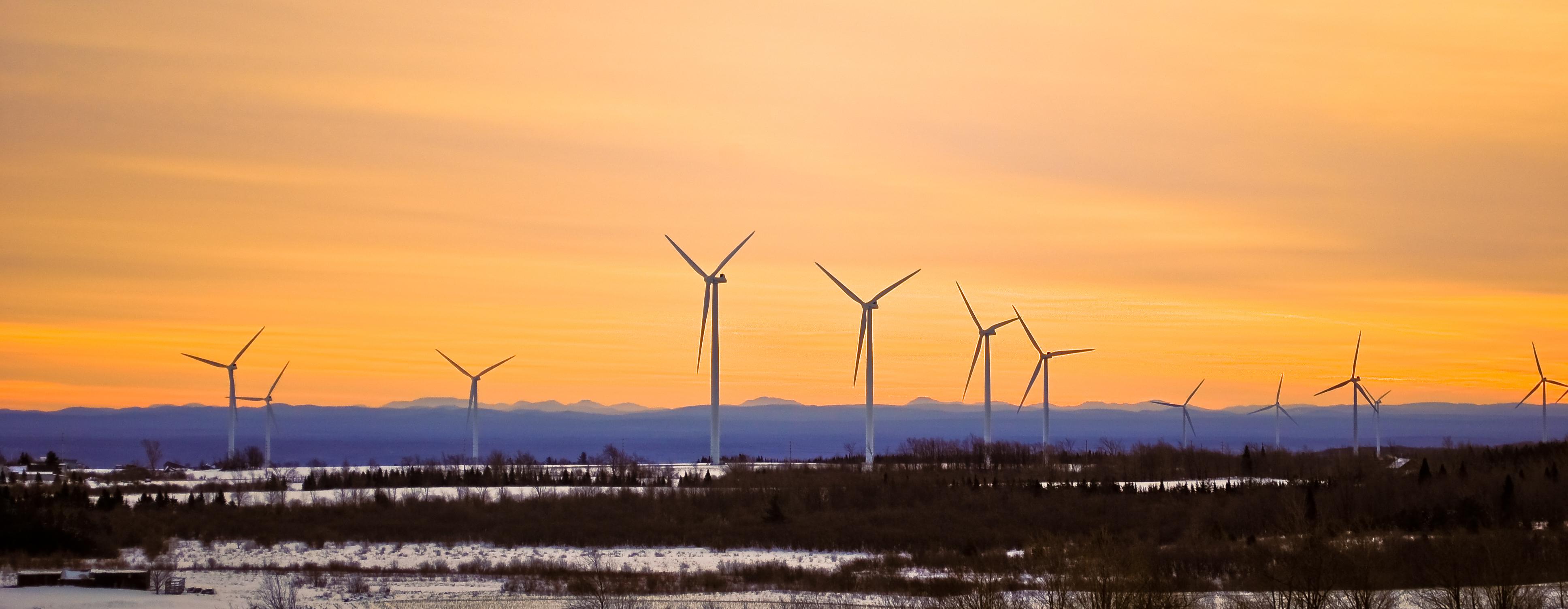Room for Renewables—If We Do It Right
By planning, siting and buying renewable energy right, we can get to a net-zero future—one in which people and nature thrive.
Support a Clean Energy Future
We have no time to waste. Join us in calling for a low-carbon future.
Sign the PledgeU.S. President Joe Biden's administration has announced an ambitious plan to make long-needed improvements and repairs to the country’s infrastructure. Among those recommendations are robust commitments to expand renewable energy use across the country.
Indeed, to address the enormous challenges of climate change, we need a vast increase in renewable energy sources, including wind and solar. But this new infrastructure will take up a lot of space, unless planners and investors engage in “smart siting.”
The administration's 25-page fact sheet on its plan said the administration will use "smart, coordinated infrastructure permitting to expedite federal decisions while prioritizing stakeholder engagement, community consultation, and maximizing equity, health, and environmental benefits."
However, this commitment leaves a lot of questions open about the expansion process, including how to increase renewable energy capacity while conserving land and protecting biodiversity.

Site Renewables Right
To help accelerate the deployment of wind energy in a way that helps people and nature thrive, The Nature Conservancy is providing the Site Renewables Right mapping tool.
Fortunately, we don’t need to prioritize action on climate over conservation. We can meet the twin goals of addressing the climate crisis and conserving at least 30 percent of our lands, waters, and oceans by 2030 by including nature in the energy planning, siting and buying process.
While offshore wind and other renewables will play a significant role in the administration’s goal, onshore wind and solar expansion will still require a lot of land. The scale is significant. The Princeton Net Zero America report estimates a 228,000-square-mile footprint, greater than the states of Colorado and Wyoming combined.
But we cannot simply carve out a piece of land that large and call it a day. Some places should clearly be avoided when developing and siting renewable energy.
Quote
Research shows that we can meet aggressive renewable energy goals on lands that are low impact for nature.
The wind farm in the middle of a scarce, intact, tallgrass prairie or the solar development surrounding a wildlife refuge on three sides are just two examples of poor siting that can torpedo a project before it even starts. That is a bad outcome for customers, as it can drive up the cost of renewable energy and slow climate progress.
Research shows that we can meet aggressive renewable energy goals on lands that are low impact for nature. In the central U.S. “wind belt,” there is enough of this land to support 1,000 gigawatts of new wind development.
The U.S. Environmental Protection Agency’s Re-Powering program estimates there are enough current and formerly contaminated lands, landfills and mine sites (commonly referred to as “degraded lands”) to supply 1.3 million megawatts of solar energy, or about three times the expected U.S. energy demand in 2050. Globally, we have enough degraded lands to meet the Paris climate goals 17 times over.
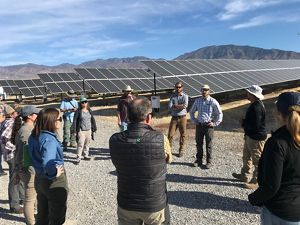
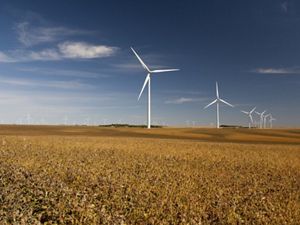
Acting now to minimize conflicts and accelerate the renewable energy buildout is essential to addressing climate change. To go fast, our renewable energy strategy must operate according to three guiding principles: Plan Right. Site Right. Buy Right.
Plan Right: Governments and utilities make long-term plans to guide how they will meet energy demand and climate goals. The Nature Conservancy’s (TNC) existing California Power of Place study, the Princeton Net Zero America analysis and forthcoming work by TNC and others is demonstrating how we can achieve ambitious emission reduction goals and minimize conflicts. More state and regional energy entities need to adopt these approaches.
Site Right: Over half of U.S. states have developed siting guidelines or tools to encourage renewable energy in places that are low impact for wildlife and nature. For example, Nevada, Virginia and West Virginia are identifying ways we can Mine the Sun to develop renewables in former coal and power plant communities. Massachusetts and other states have adopted programs to incentivize renewable energy development on brownfields. These strategies help avoid sensitive habitats while creating new economic opportunities for local communities. TNC can offer science and policy expertise for the development of siting tools, guidelines and policies that incentivize renewable energy build-out in areas that would have a low impact on nature.
Buy Right: Cities, states and private companies are increasing purchases of renewable energy to meet sustainability goals. Now, leading companies like Salesforce are exploring ways they can maximize the co-benefits and minimize the risks associated with their renewable energy procurement efforts. The Renewable Energy Buyers Alliance has taken the Salesforce work and launched a new initiative called Beyond the Megawatt, which will further refine procurement guidelines and criteria in a number of areas, including wildlife and habitat.
Implementing these strategies will necessitate engagement at all levels—federal, regional, state and local. All sectors committed to climate and biodiversity conservation have a role to play. Fortunately, there are significant successes to build from.
By planning, siting and buying renewables right, we can get to a net-zero future—one in which people and nature thrive.
Originally posted on Renewable Energy World
April 7, 2021
View original
Global Insights
Check out our latest thinking and real-world solutions to some of the most complex challenges facing people and the planet today.
